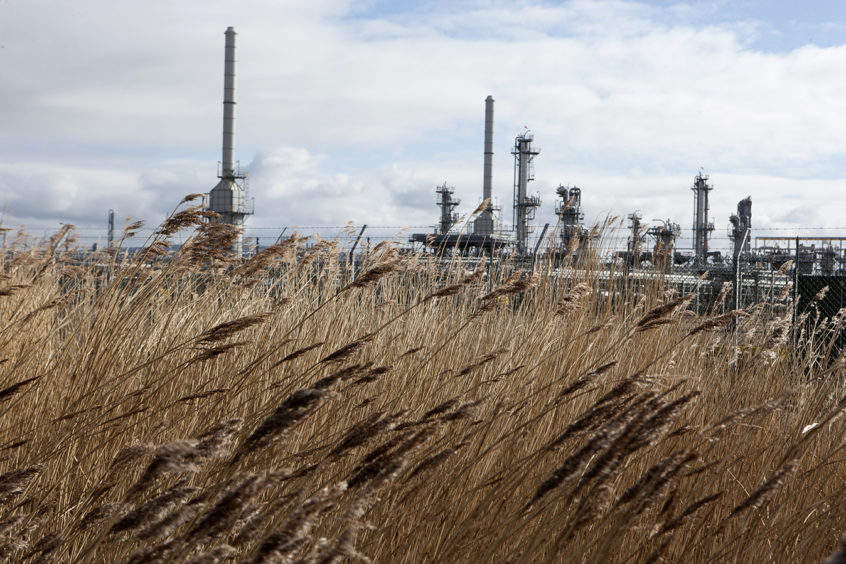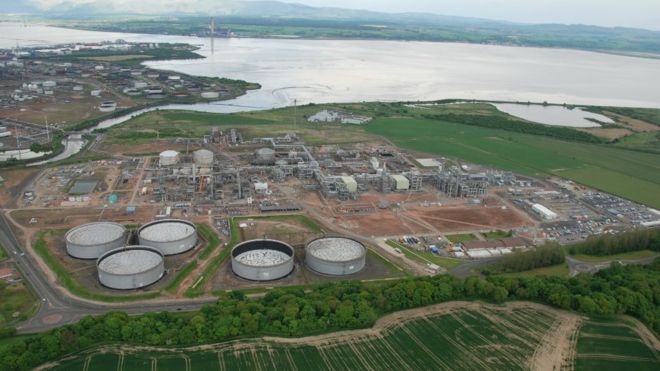
While the immediate priority is survival, senior management of exploration and production (E&P) companies will also be looking to the future, seeking ways to access the capital required to bring undeveloped oil and gas discoveries into production and lower carbon dioxide emissions.
There is limited new capital available to E&P companies from banks and public markets and existing operations are not generating sufficient cash to fund investment. Even then, there are opportunities for midstream companies and the larger contractors.
Over the past five years, we have seen the emergence of midstream companies such as Kellas, Ancala and NSMP. These companies have acquired pipelines and terminals from companies such as BP, Total and Apache, whose core business is upstream of those assets.
This structural change, separating transportation and onshore processing facilities from ownership of the fields, created a new focus on existing infrastructure as a core business, extending the life of the infrastructure as well as, in some cases, fields that would become sub-economic if replacement infrastructure was required.
The establishment of midstream as a separate business has created a new possibility, namely operators not having to fund all the infrastructure required to bring their fields into production.
The first such case in the UK was the Tolmount field, which is currently under development. Premier Oil, one of the field owners, elected to own only the wells and subsea facilities.
The platform and pipeline are to be owned by a separate joint venture between midstream specialists Kellas and the other Tolmount field owner, Dana. Tolmount has demonstrated that a midstream business can take the logical next step and invest in new facilities.
This model is likely to be replicated, but it will not be appropriate in all cases. The key is to identify projects where there is the potential over time for further reserves to be tied in to the new facilities, providing upside to the midstream from their original investment.
In the same way, there is an opportunity for the midstream businesses to construct and own the facilities required to deliver the energy transition, a key priority for the industry. Those facilities could transport natural gas to an offshore platform to replace diesel, or to supply electricity to a platform that currently uses diesel or natural gas for fuel.
The ability to attract that investment may also require the upside potential of suppling other platforms in the future.
There are also opportunities for the supply chain. Larger contractors who are willing to align their returns with the success of new fields may be able to secure work on projects that would not otherwise happen and to generate higher returns as a result of the additional risk taken by them.
For example, we recently helped to create a net revenue sharing arrangement where the contractor was paid its operating costs but its profit could be reduced in return for a share of revenues from future oil sales.
The revenue sharing started after the costs of developing the field had been recovered by the field owners.
The contractor’s share was then calculated by reference to revenues from oil sales net of costs, potentially creating significant upside for the contractor.
The net revenue sharing concept is not confined to the supply chain. It has been used in deals for the sale of oil and gas fields, particularly where the buyer would not otherwise have been able to fund the acquisition or where buyer and seller have materially different views on how quickly the oil price will recover.
A lower initial price is agreed for the field, with part of the purchaser’s drilling programme being funded by the reduction in the initial price. The seller then benefits from the increased production through the net revenue sharing arrangement.
The oil and gas industry is adept at dealing with changing market conditions. It has to be. In downturns, the ability of commercial teams to create imaginative deal structures can be even more important than in the good times.
Recommended for you

